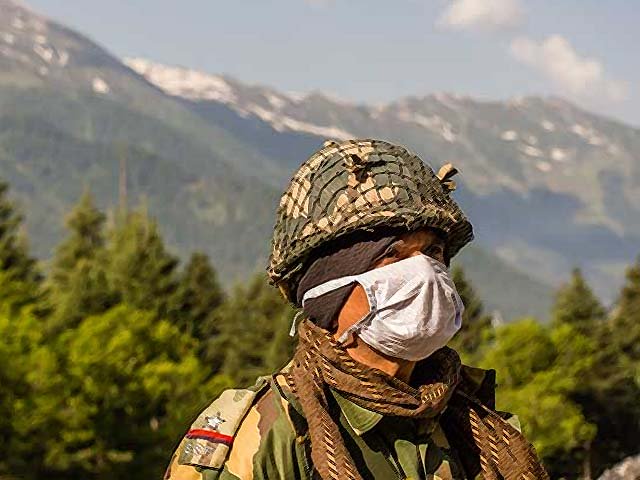There’s been a lot of discussion over the past few weeks about what exactly sparked the Galwan incident in early June between China and India, with the prevailing consensus in Pakistan being that China’s desire to protect the China–Pakistan Economic Corridor (CPEC) from Indian aggression was the primary cause. That’s not exactly true, but it isn’t a false interpretation either. CPEC is the chief driver of geopolitical change in South Asia by virtue of the fact that it stands to turn Pakistan into the global pivot state, but the Galwan incident was caused by more immediate interests than that.
India definitely wants to influence, disrupt, and ultimately control CPEC, to which end it abrogated Article 370 last August in order to de-facto annex Indian-occupied Jammu and Kashmir as the next step towards this eventual goal. The pursuit of that grand strategic objective was disturbing enough for China as it was, but what really triggered its threat perception of India was Home Minister Amit Shah’s reaffirmation of his country’s claims to Aksai Chin around the same time.
It was then that China realised that it too was being directly targeted by India’s strategy of regional aggression. It’s one thing for India to indirectly harm Chinese interests through the ongoing hybrid war of terror on CPEC in Pakistan, but it was an altogether different threat to hint that it might one day conventionally invade territory that Beijing claims as its own. China had hitherto turned a blind eye towards India’s construction of military infrastructure near the Line of Actual Control (LAC) since it didn’t regard it as a threat to its territorial integrity.
That changed after the abrogation of Article 370 and Amit Shah’s warmongering statement, which explains why China began to regard such infrastructure as regionally destabilising. It also didn’t help any that India and the US declared a “comprehensive global strategic partnership” following Donald Trump’s first-ever visit to the country as president back in February. These two developments paired with one another forced China to consider India’s recent completion of a military road along the LAC as a serious threat to its interests.
To make matters worse, India then decided to rekindle its border problems with China in May as a sign of fealty to its new American patron in order to prove its commitment to their shared goal of “containing” China. It didn’t matter to India that it was destined to lose in the clash that it later provoked in the Galwan Valley since it was willing to take a short-term loss in order to make a more compelling case for “justifying” its de-facto pivot towards the US. In fact, losing the battle actually earned it a lot of sympathy from the US and its allies.
China was presumably wise enough to predict that the defence of its territorial integrity would result in the outcome of India accelerating its pro-American pivot, but it nevertheless remained committed to not ceding an inch of its claims in the face of India’s US-backed aggression. Doing so could have catalysed a chain reaction of coordinated provocations all along its southern frontiers, especially in the South China Sea, causing China to lose the initiative there and perhaps never recover it again after such a massive strategic setback.
Considering all of this, it’s much more accurate to conclude that China’s intentions in the Galwan incident were driven most directly by its desire to protect its territorial integrity from Indian aggression, the same as India’s intentions were most directly driven by its desire to signal fealty to the US’ policy of “containing” China. CPEC was only tangential for both of them in this instance, even though the consequences from their latest clash will obviously figure into Pakistan’s regional security calculations.
There’s no longer any doubt that China definitely shares Pakistan’s assessment of India as a “rogue state” that represents the greatest threat to regional peace. India’s long-held fear of a “two-front” war might ultimately become a “self-fulfilling prophecy” from here on out since the commencement of large-scale hostilities with Pakistan could prompt China to take advantage of the situation to eliminate the pressing threat all along its lengthy frontier with India. That would be a nightmare for New Delhi, but one entirely of its own making.
































